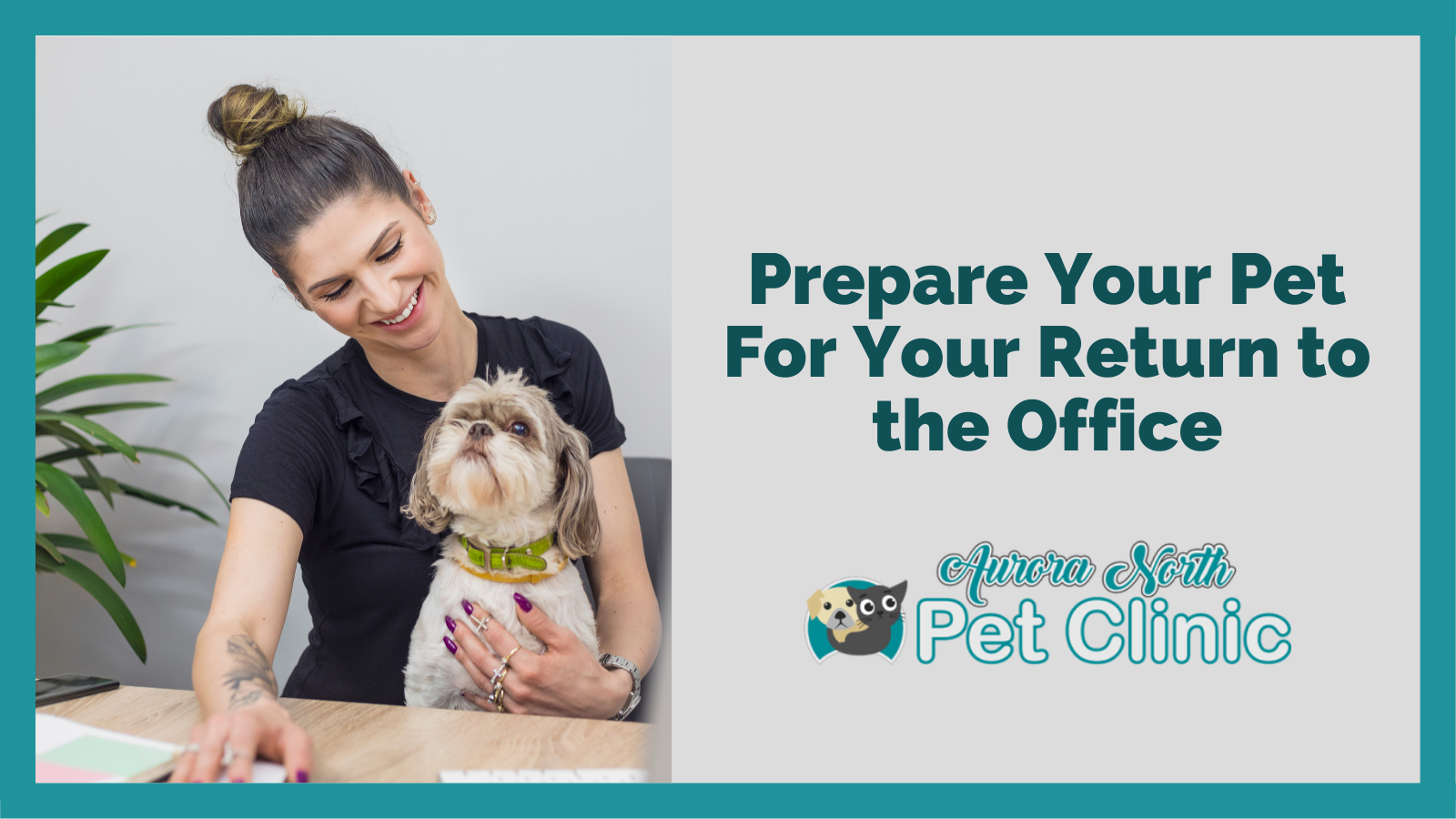
Our lives have seen dramatic transformations since the start of the COVID-19 pandemic. Our relationship with our pets has changed due to reduced access to the outside world or physical human contact.
And since COVID-19 restrictions are gradually being lifted in many Canadian provinces, people are progressively returning to working from the office. After working from home alongside your pet for such a long time, you might wonder how your return to the office will affect your pet?
Prepare Your Pet for Your Return to the Office
Most pets are creatures of habit. Your return to the office may come as a surprise to your furry fellow and even cause separation anxiety; after all, you’ve both spent such a long time together.
Here’s how you can prepare your pet for your post-pandemic return to the office:
Create a Routine
Because your pet has grown accustomed to your presence, leaving the house for an extended time can trigger separation anxiety. You’ll need to prepare your pet for this change gradually.
Prepare your pet for the change by establishing a regimen. Set aside time for different activities, such as playing, exercising, strolling, and eating. This will give your pet time to adjust to the new lifestyle.
Leave Your Pet Alone
As difficult as it may be, you must begin to leave your beloved pets alone. For instance, you could start with brief trips of an hour or two and work your way up to more extended departures. And depending on your pet’s nervousness and behaviour, modify the period of your absence.
You have to be patient. Start training your pet as soon as possible to alleviate the anxiety and stress of your departure. Your pet will eventually feel better and become accustomed to being alone for extended periods.
Returning to Crate Training
Crate training may have taken a back seat during the pandemic, but now it’s time to return to it. You could use a wire crate, plastic kennel, or any other gated space for the purpose. Consider using treats to make the kennel more enticing and let your pet alone in the crate for brief periods.
Feeding Location
Feeding your pet in another room or somewhere away from you is another strategy to help them cope with separation anxiety. Your pet may gradually realize that eating in your absence is expected (and more enjoyable).
More Outdoor Time
Before going to work, take your pet for a morning walk or jog. Excess energy isn’t always beneficial for your pet and outdoor time helps burn the extra calories. Plus, more time spent outside helps tame the feelings of loneliness and boredom.
If your pet is wary before you leave, they will spend more time sleeping and less worrying. Burning energy will also aid in relaxing and calming your pet.
Daycare for Pets
Sending your pet to a daycare service is good if you’re sure it would be safe for your furry friend. A pets daycare center is an excellent place for your pet to socialize with other pets when you’re not around. But remember that not all pets daycare services are safe. As such, you must do your research and choose a service carefully.
Watch for Signs of Anxiety
Keep an eye out for signs of anxiety, stress, or tension. Agitation, excessive barking, shaking, pacing, gnawing, and other destructive behaviours are signs your pet doesn’t like the abrupt change. Take a break from training if you notice such behaviour, and give your pet time to acclimate to the new normal.
Final Thoughts
Your pet has been your rock during these trying times, and now it’s up to you to make sure they’re comfortable and prepared for life after the pandemic. If you are concerned about your pet’s health and well-being, take them to the vet clinic for a checkup. Aurora North Pet Clinic is your best bet if you search for a veterinary clinic in Aurora, Ontario. Contact us for more information!